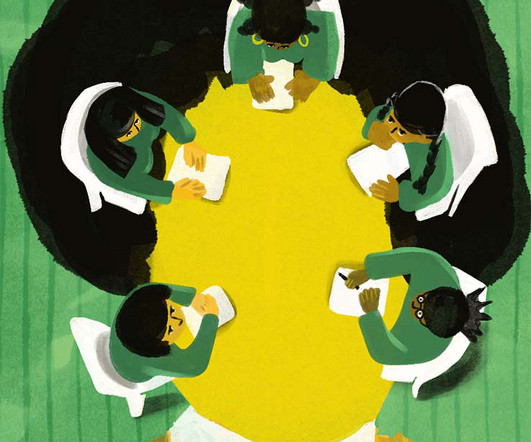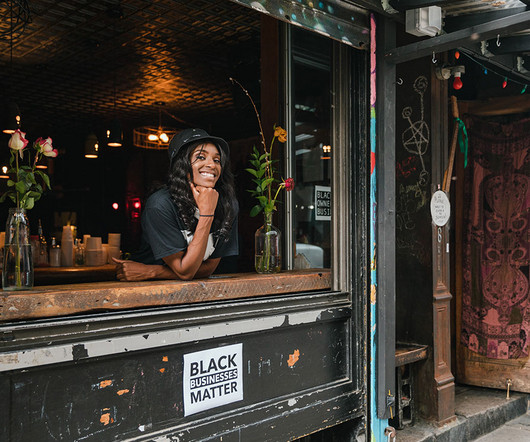BIPOC Leadership Challenges: 26 Tips To Increase Accessibility Across The Nonprofit Sector
Bloomerang
FEBRUARY 1, 2023
BIPOC communities are disproportionately impacted by social inequality, with higher rates of poverty and unemployment. Historical and cultural barriers Historical and cultural barriers can also hinder social mobility for individuals from underserved communities as they may face prejudice and discrimination based on their cultural background.
















Let's personalize your content